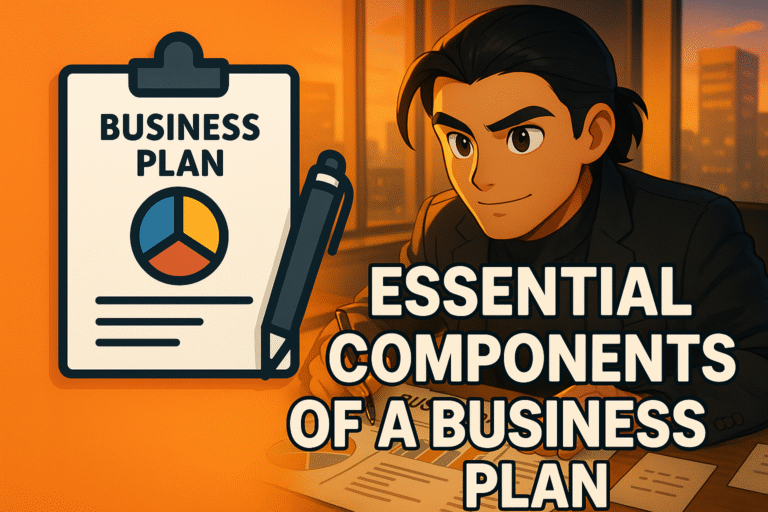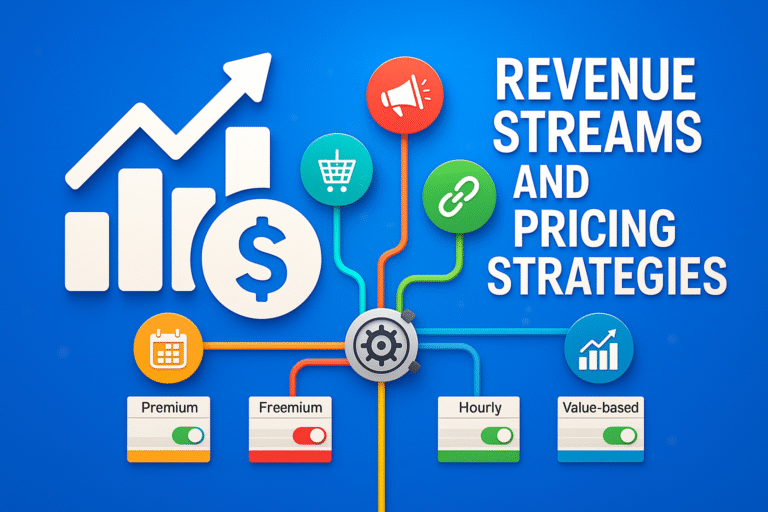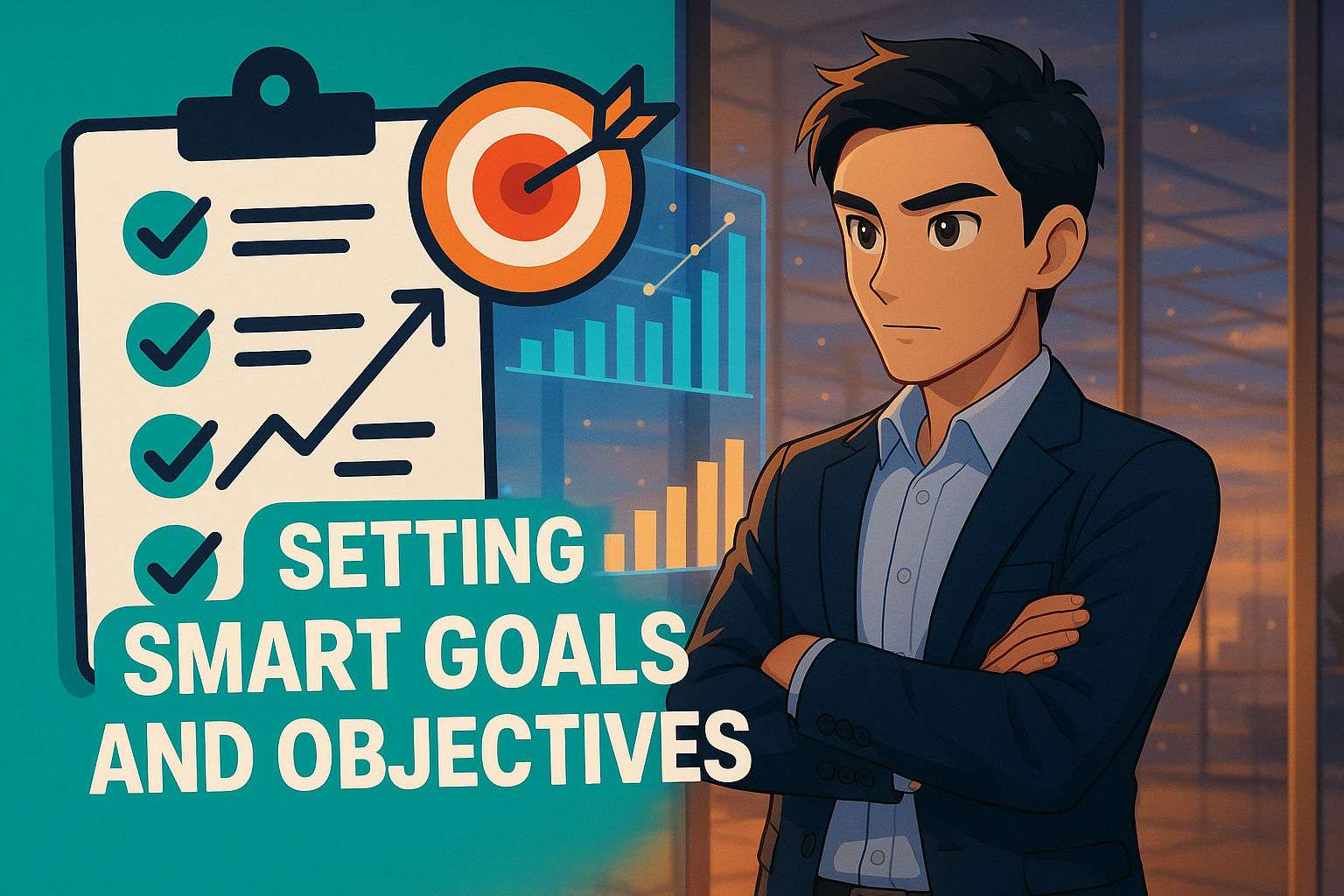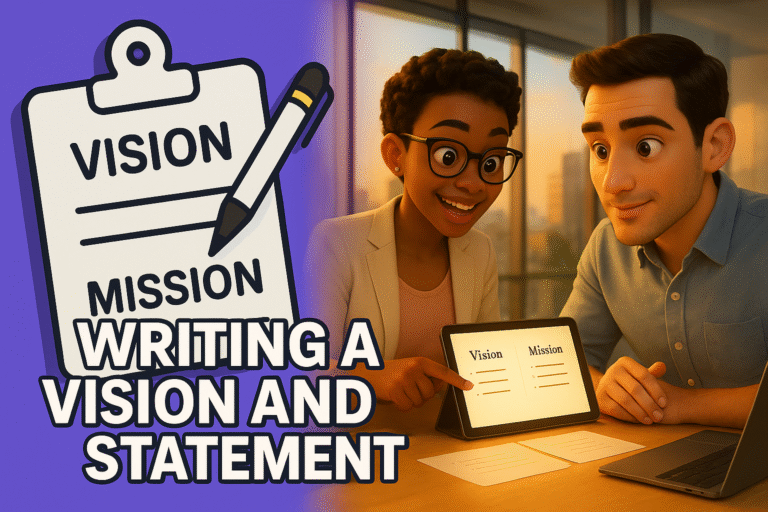Crafting a Compelling Story for Your Pitch Deck (That Investors Cannot Ignore)
If you have ever watched an investor’s eyes light up in a pitch, it was not because a spreadsheet winked at them. It is because the founder told a story that clicked, a narrative that made the opportunity obvious, the team inevitable, and the upside irresistible. This guide gives you a complete playbook for pitch deck storytelling from slide-by-slide structure to psychology-backed tactics, templates you can paste into your deck today, and a rehearsal plan that makes your delivery as strong as your story.
The science in a sentence: Emotion is the brain’s save button. We remember what we feel, and we act when meaning is clear. Your investor pitch story should move through micro “locks” that the narrative opens in sequence: curiosity → tension → insight → belief → urgency.
Why Storytelling Wins Investor Attention
Data informs, story transforms. A strong startup pitch narrative compresses complexity, lowers cognitive load, and gives investors a memorable way to retell your idea to their partners later. That last part is critical: if your venture capital pitch deck is not dependable, it is not fundable.
Story is the distribution system for your insights. It makes your TAM math, traction metrics, and GTM strategy easy to repeat in the Monday partner meeting without you in the room.
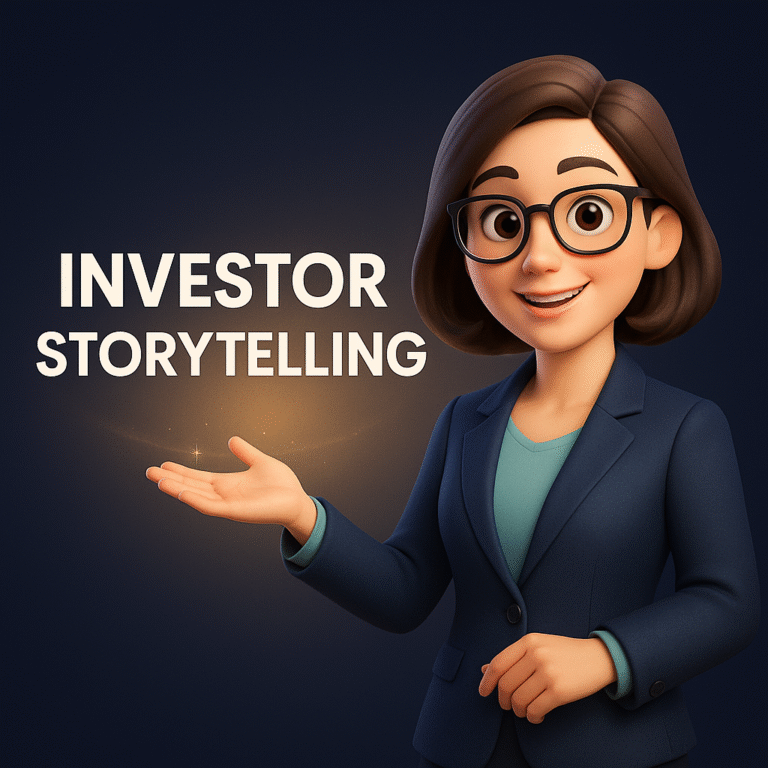
What Investors Secretly Want (But Rarely Say)
Your investor pitch story is the connective tissue that ties these into one persuasive arc:
- A clear, persistent problem that hurts today.
- A solution that seems obvious after they hear it.
- A why now that makes timing feel non-negotiable.
- A team uniquely qualified to win (founder–market fit)
- Proof the engine already turns over (traction, unit economics)
- A big market with a credible wedge and expansion plan
- A clean ask with responsible use of funds
The Investor Story Framework (Slide-by-Slide)
Think of your deck like a tight short film. Each slide advances the plot.
1) Hook (The Opening Image)
Goal: Spark curiosity in 1–2 lines.
Use contrast or a sharp stat with a human angle.
Examples:
- “Getting a last-minute room shouldn’t cost more than the flight.”
- “Press a button, get a ride, every city, every time.”
- “The average warehouse wastes 14% of labour on walking. We give that time back.”
Pro tip: Make the reader feel the problem in the first sentence.
2) Problem (The Tension)
Goal: Make the pain felt not just told.
Describe who suffers, how often, and why current options fail.
“Meet Maya, an HR lead at a 200-person startup. She spends two days every month reconciling payroll anomalies by hand.”
If it is not specific, it will not stick.
3) Solution (The Reveal)
Goal: Show the elegant fix, not the engineering.
One-sentence value prop + three outcome bullets:
- Automate X that currently takes Y hours.
- Reduce errors by Z%
- Plug-and-play with the tools they already use.
Demo tip: Show a 20-second “happy path.” No settings pages. No nested menus.
4) Product (The Proof of Usability)
Use screenshots/GIFs/clean mocks. Label outcomes, not features.
- “Auto-approve low-risk expenses” (not “AI rules engine”)
- “1-click reorders” (not “inventory module”)
5) Market (The Size of the Prize)
Goal: Big enough to matter, focused enough to win.
- TAM/SAM/SOM with defensible logic
- Start with a beachhead ICP, then show adjacency expansion.
- Use bottom-up math: “10k teams × $2.4k ARR = $24M”
6) Traction (Signals That Reduce Risk)
Pick 3–5 indicators investors care about:
- Revenue run-rate, paid pilots, cohort usage
- Logos/testimonials (with permission)
- Retention, payback period, LTV:CAC, ACV, win rates.
More is not more, clarity beats volume.
7) Business Model (How You Make Money)
- Pricing pillars (seat, usage, tiers, take rate)
- Unit economics improving with scale.
- Expansion levers (upsells, add-ons, new segments)
8) Go-to-Market (Getting to Escape Velocity)
- ICP & buyer persona
- Repeatable acquisition channels (partner, product-led, outbound)
- Sales motion: PLG → sales-assist → enterprise.
- Conversion funnel in one clean line
9) Competition (The Differentiation)
Use a grid or market map, but tell a story:
“We win when speed + accuracy matter most.”
Explain defensibility: data flywheel, switching costs, network effects, workflow lock-in.
10) Team (Founder–Market Fit)
Bullets, not long bios. Why you for this problem?
- Relevant wins shipped
- Insider edge (domain, network, prior exits)
- Founder origin story in one sentence
11) Financials & Milestones (Line of Sight)
- 12–24-month highlights (no wall of numbers)
- Key milestones hit and coming (product, revenue, hires)
12) The Ask (Round & Use of Funds)
- Round size, instrument, target lead
- Use of funds mapped to milestones.
- Timeline and open allocation (if any)
13) Vision (The Closing Image)
Show the bigger world once your wedge wins:
“Start with SMB invoices → become the trust layer for B2B payments.”
Psychological Principles That Supercharge Your Story
Emotional Engagement (Make Them Feel it)
Use a quick vignette, before/after contrast, or a single powerful stat. Tie emotions to outcomes (saved hours, avoided losses, regained control).
Relatability (Mirror the Investor’s Models)
Use familiar analogies that compress context:
- “Zapier for data migrations”
- “Stripe-like onboarding for compliance”
- “Calendly for home services”
Simplicity (Reduce Cognitive Load)
One idea per slide. Generous whitespace. If a slide needs a paragraph of setup, it is two slides.
Social Proof & Authority (Borrow Trust)
Logos, advisors, awards, sparingly. Show, do not brag:
“Chosen by 5 of the top 20 logistics firms.”
Peak–End Rule (Design the Curve)
Engineer a wow peak (usually your demo) and a clear end (ask + vision). Those are what investors remember.
Loss Aversion & Urgency (Why Now)
Name what has lost by waiting: rising costs, regulatory deadlines, winner-take-most dynamics in AI.
What Airbnb and Uber Teach Us About Pitch Storytelling
Airbnb: “Live Like a Local”
- Hook: “Book rooms with locals, not hotels.”
- Problem: Hotels are pricey/sterile; big events price travellers out.
- Solution: Marketplace matching travellers with spare rooms.
- Story win: Reframed “spare room” from awkward to authentic and affordable.
Takeaway: A sharp, counter-category hook can make a new behaviour feel obvious.
Uber: “Tap a Button, Get a Ride”
- Hook: “On-demand black car.” (Later: “Get there.”)
- Problem: Taxis: unreliable, slow to hail, opaque pricing.
- Solution: Immediate pickup, ETAs, transparent fares.
- Story win: Made waiting in the rain the villain.
Takeaway: Name pain the market instantly recognizes, then show a 10-second fix.
Craft Your Founder Narrative (Without Sounding Self-Indulgent)
Investors bet on founders who must solve the problem.
Founder–Market Fit (FMF)
- Personal edge (experience, network, insight)
- Unfair advantages (data access, patents, prior exits)
- “I was the buyer,” insider empathy that shortens cycles.
Why Now (Timing Is a Moat)
- Tech shift (AI, chips, APIs)
- Regulation (mandates, incentives)
- Behaviour changes (remote work, mobile-first operations)
Milestones as Evidence
- “We automated 60% of onboarding steps.”
- “Churn dropped from 4.5% → 1.2% after workflow X.”
Build Your Deck’s Story: A Practical Workflow
- Define the core message.
“We reclaim wasted hours in mid-market warehouses with a 20-minute install.”
- Outline the arc: Hook → Problem → Solution → Market → Traction → GTM → Team → Ask → Vision.
- Collect raw material: quotes, metrics, screenshots, short demo clip.
- Write the voiceover: 2–3 sentences per slide.
- Design to the voiceover: slides should serve your words.
- Cut mercilessly: everything that does not move the story forward goes to the appendix.
- Rehearse timing: 10–12 minutes talk time + Q&A
Slide Scripts You Can Steal (Fill-in-the-Blanks)
Hook
“Every [ICP] wastes [X hours/$] each time because [broken status quo]. We fix that with [simple, vivid solution].”
Problem
“Today, [persona] uses [current workaround]. It is slow, error-prone, and costs [impact].”
Solution
“Our platform automates [jobs-to-be-done] in [Y minutes], cutting [metric] by [Z%].”
Market (TAM SAM SOM)
“We start with [beachhead ICP], a $[SOM] market. Expanding to [adjacent], we reach $[SAM], and the full category is $[TAM].”
Traction
“Since launch [date], we have grown to [# customers], [ARR/GMV], with [retention/payback]. Pilot-to-paid conversion is [rate].”
Business Model
“We charge [pricing model]. Net revenue retention is [NRR] with expansion from [add-on].”
Go-to-Market
“We acquire via [channel], convert at [rate], and land at [ACV]. Our sales motion is [PLG/inside/enterprise].”
Competition
“We differentiate on [speed/accuracy/cost]. Our defensibility is [data moats, switching costs, network effects].”
Team
“We have shipped [relevant wins]. We have done this before at [brands/outcomes].”
Ask
“We are raising $[amount] to reach [milestones] over [months]. Use of funds: [breakdown].”
Vision
“Starting with [wedge], we become the [category-defining platform] for [bigger mission].”
Data Storytelling Without the Snooze
Pick Metrics That Matter
Choose 3–5 that prove repeatability:
- Acquisition: CAC, conversion rates, channel ROAS
- Activation: Time-to-value, Day-7/30 usage
- Retention: Gross/Net revenue retention, cohort curves
- Monetization: ARPU/ACV, payback period, contribution margin
- Efficiency: Magic number, burn multiple, sales cycle length
Visuals That Carry Narrative
- Before/After bar charts (time saved, error rates)
- Cohort heatmaps showing improvement over time.
- Funnel with conversion rates and callouts.
- Unit economics waterfall (color-coded, readable)
Translate Features into Outcomes
Feature → Outcome narrative:
“Auto-matching engine” → Cuts invoice processing from 3 days to 2 hours.
Common Story Pitfalls (And Quick Fixes)
- Vague problem
Fix: Day-in-the-life vignette + quantified pain ($/time/error). - Feature soup
Fix: Bundle features into three outcomes max. - Overloaded slides
Fix: One idea per slide; speak the details. - No “why now”
Fix: Name the tailwind (tech, regulation, behaviour) and the cost of delay. - Hand-wavy market math
Fix: Bottom-up: # customers × ACV; show reachability. - No ask or fuzzy use of funds
Fix: Tie dollars directly to milestones & timelines. - Weak close
Fix: Crisp vision + explicit next step.
Delivery: Make the Story Land
Voice & Pacing
Short sentences. Pause after key claims. Change tone: curiosity on the hook, calm authority on metrics, energy on vision.
Body Language & Camera Craft (for Zoom)
- Camera at eye level, stable framing
- Light on your face, quiet background
- Look at the lens for key lines.
Handling Q&A Like a Pro
- Bridge to proof: “Great question. Here is how we evaluated that…”
- Bucket answers: “Two parts, adoption risk, and pricing risk.”
- Close the loop: “Does that address it, or should we go deeper on pricing tests?”
Industry-Specific Story Angles (Pitch Deck Examples)
SaaS
- Emphasize time-to-value and workflow lock-in
- Show integrations with the incumbent stack.
- Land-and-expand path (teams → departments → org-wide)
Marketplaces
- Liquidity strategy (supply first? demand first?)
- Trust mechanics (ratings, escrow, guarantees)
- Unit economics by cohort (take rate, CAC payback)
Fintech
- Compliance as a feature, not a footnote
- Risk engine lift (fraud reduction, approval rates)
- Embedded finance angles for expansion
Health tech
- Clinical/operational outcomes (avoid readmits, reduce no-shows)
- Regulatory path (HIPAA, FDA if applicable)
- Align incentives across payer/provider/patient.
AI/ML
- Data edge (proprietary, unique access)
- Model performance tied to business KPIs
- Human-in-the-loop and controls for trust
Remote & Async Pitches That Still Pop
If you are sending ahead:
- Narrated deck (3–5 minutes, captions on)
- Executive summary (1 page) with problem/solution/traction/ask.
- Appendix for metrics deep dive, tech architecture, case studies
- FAQ to pre-empt security, roadmap, pricing concerns.
Your goal: make a “yes” easy without a meeting yet irresistible to schedule one anyway.
The 10-Slide Storyboard (With Time Budget)
- Hook (0:30)
- Problem (1:00)
- Solution & Demo (2:30)
- Market (1:00)
- Traction (1:00)
- Business Model (0:45)
- Go-to-Market (0:45)
- Competition/Differentiation (0:45)
- Team (0:45)
- Ask & Vision (1:00)
Total: ~11 minutes. Leave at least as much for Q&A.
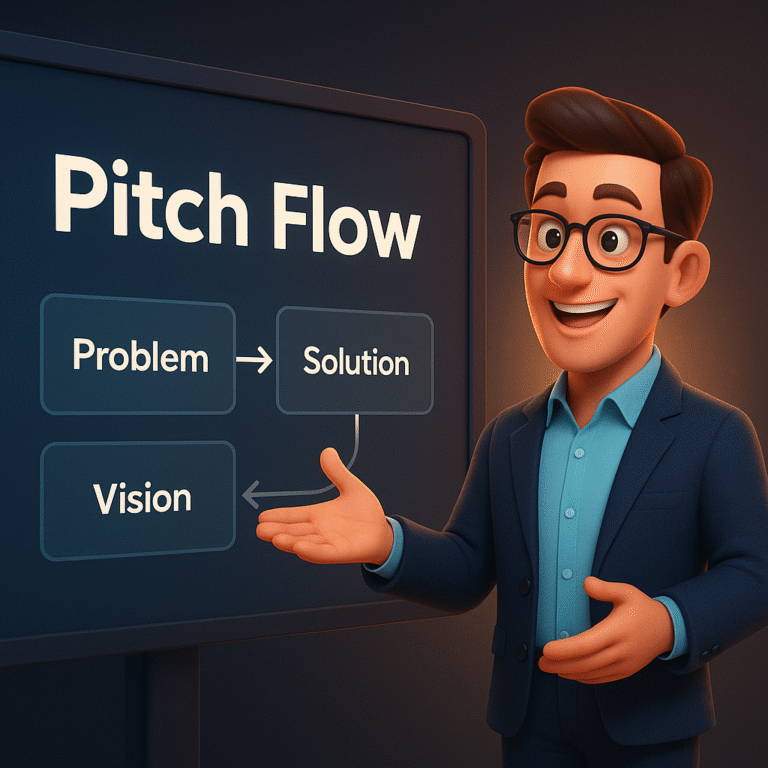
The Investor One-Pager Narrative (Template)
Header: Company name • One-liner • Round/Stage
The Problem:
1–2 sentences + a stat that hurts.
The Solution:
One sentence + 3 outcome bullets.
Traction:
Logo strip + 3 KPIs (ARR, retention, payback).
Market:
Beachhead ICP + bottom-up SOM.
Business Model:
Pricing, ACV, margin snapshot.
GTM:
Primary channel, conversion, sales motion.
Team:
Founder–market fit highlights.
The Ask:
Round size, use of funds, milestones, timeline.
A Quick Pre-Pitch Checklist
- One-sentence value prop anyone can repeat.
- Slides readable without you (for send-ahead)
- Demo rehearsed to 20–30 seconds
- 3–5 proof points (not 15)
- A crisp why now
- Explicit ask + milestone mapping
- Appendix ready (metrics, security, roadmap)
- Back-pocket answers to the Top 10 questions
Top 10 Investor Questions (And How to Answer)
- How big is this really?
→ Bottom-up math. Show reachable SOM first. - Why hasn’t this been solved?
→ Timing + tech shifts + new distribution. - What is the wedge and expansion path?
→ ICP now, adjacency next. - How do you get customers repeatably?
→ Channel → conversion → ACV → payback. - What is defensible here?
→ Data moats, switching costs, workflow lock-in, network effects. - What is the biggest risk?
→ Name it first; show mitigation and leading indicators. - Unit economics at scale?
→ CAC down, margin up, shorter sales cycles with references. - How do you keep the team focused?
→ Roadmap priorities tied to milestones. - What if a big player copies you?
→ Speed, niche focus, data moats, partnerships. - Why you?
→ Founder-market fit in a sentence.
Mini Case Study: Turning Dry Metrics into a Story
Before:
“Churn is 3.8%. CAC is $1,120. ACV is $9.6k.”
After (Narrative):
“We land teams at ~$9.6k ACV via partner-led intros. Payback is under 11 months, and churn dropped from 5.2% → 3.8% after we launched automated onboarding, a change that also cut implementation time from 10 weeks to 4. That is why 7 of our first 10 customers expanded seats within two quarters.”
Notice how the second version invites follow-ups while signalling operational grip.
Advanced Moves for the Storyteller-Founder
Contrast Framing
Set up A vs. B to make the choice obvious:
“Manual reconciliations (B) vs. Real-time matching (A) → 80% faster close.”
The Law of Three
Group benefits/features into three tight buckets, people hold three beats easily.
Analogies That Travel
- “It’s like Google Alerts for compliance audits.”
- “Think of it as Notion, but for hardware teams’ SOPs.”
The Socratic Nudge
Ask a loaded question to set context:
“Why do we accept waiting three days for an ACH to clear in 2025?”
Your Rehearsal Plan (Because Delivery Is Part of the Story)
- Day 1: Draft voiceover. Record a scrappy Loom.
- Day 2: Cut 20%. Re-record. Time it: 11–12 minutes.
- Day 3: Practice Q&A with a friendly but ruthless operator.
- Day 4: Run the airport test: Can a partner retell your idea after hearing it once? If not, simplify.
- Day 5: Final polish: typography, whitespace, consistent iconography, dark-mode/bright-mode checks.
Bringing It All Together
A compelling pitch deck story does not require poetic genius. It needs clarity, empathy, and flow:
- Start with a hook that creates curiosity.
- Make the problem tangible.
- Reveal a solution that feels obvious in hindsight.
- Size the market with credible math.
- Show traction that reduces risk.
- Explain your economics and GTM.
- Prove differentiation and founder-market fit.
- Make a clean ask and end on a vision that scales.
Do it in 10–12 confident minutes, and you will not just inform investors, you will inspire them to lean in.
Unlocking the Secrets to Start
Unveil the secrets to beginning any venture with success. Practical tips and insights to ensure a powerful start.
Follow on LinkedInThank you for reading the article “Crafting a Compelling Story“, Next article for “Secrets to Start“, Highlighting Key Metrics and Milestones
Summary & Next Steps
4 Actionable Takeaways
- Write the voiceover first. Two sentences per slide; design to support your words.
- Swap features for outcomes. Label screenshots with the benefit investors care about.
- Prove repeatability with 3–5 metrics. Keep the rest for the appendix.
- Engineer your peak and end. Dazzle with a 20-second demo; close with a crisp ask + vision.
Abbreviations used in the article (alphabetical, with expansions):
- ACH — Automated Clearing House
- ACV — Annual Contract Value
- AI — Artificial Intelligence
- API / APIs — Application Programming Interface(s)
- ARPU — Average Revenue Per User
- ARR — Annual Recurring Revenue
- B2B — Business-to-Business
- CAC — Customer Acquisition Cost
- CTA — Call to Action
- ETA / ETAs — Estimated Time of Arrival (plural: Estimates of Time of Arrival)
- FAQ — Frequently Asked Questions
- FDA — Food and Drug Administration
- FMF — Founder–Market Fit
- GMV — Gross Merchandise Value
- GTM — Go-To-Market
- HIPAA — Health Insurance Portability and Accountability Act
- HR — Human Resources
- ICP — Ideal Customer Profile
- KPI / KPIs — Key Performance Indicator(s)
- LTV — (Customer) Lifetime Value
- ML — Machine Learning
- NRR — Net Revenue Retention
- PLG — Product-Led Growth
- ROAS — Return on Ad Spend
- SAM — Serviceable Available Market
- SaaS — Software as a Service
- SMB — Small and Medium-sized Business(es)
- SOP / SOPs — Standard Operating Procedure(s)
- SOM — Serviceable Obtainable Market
- TAM — Total Addressable Market
- Q&A — Questions and Answers


